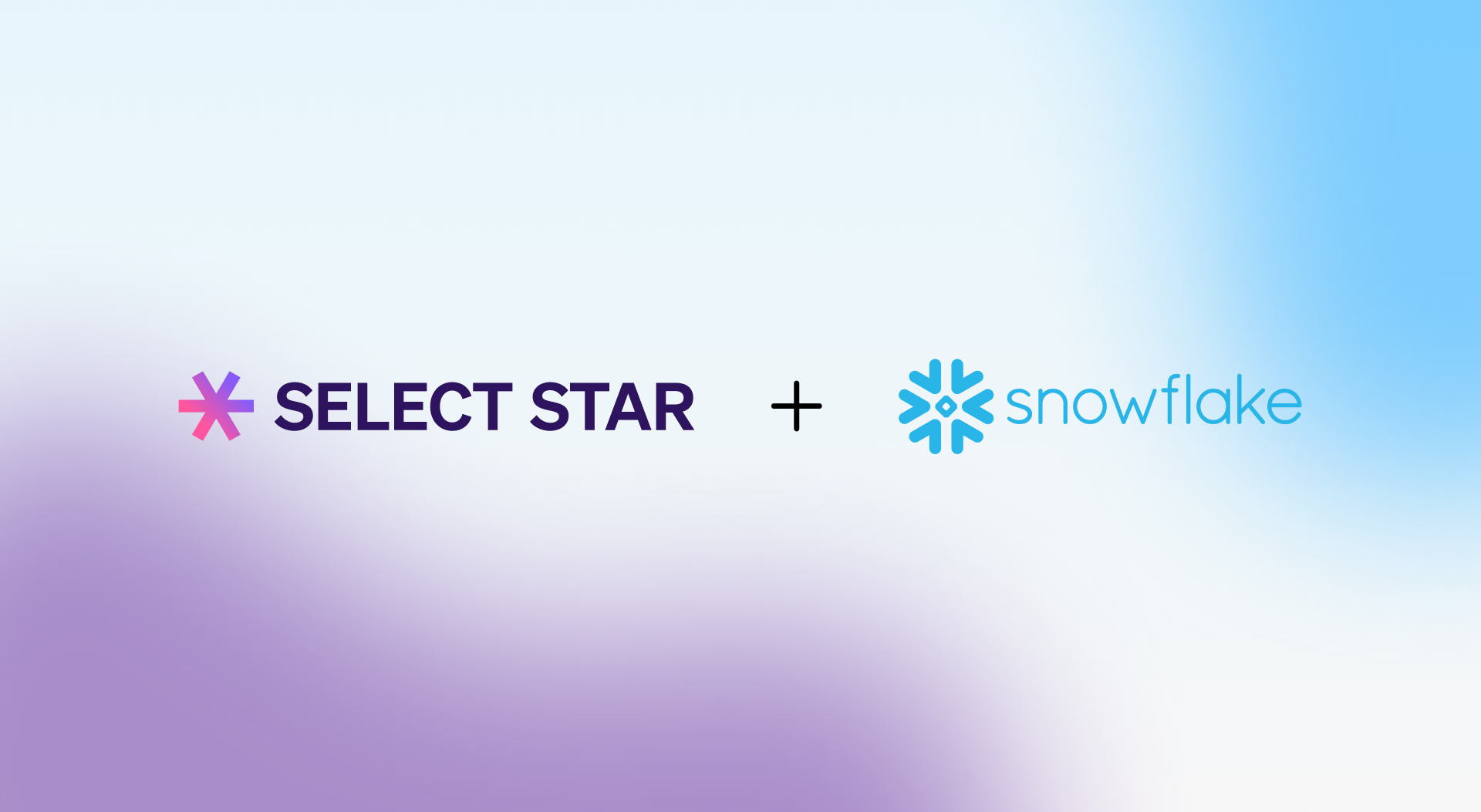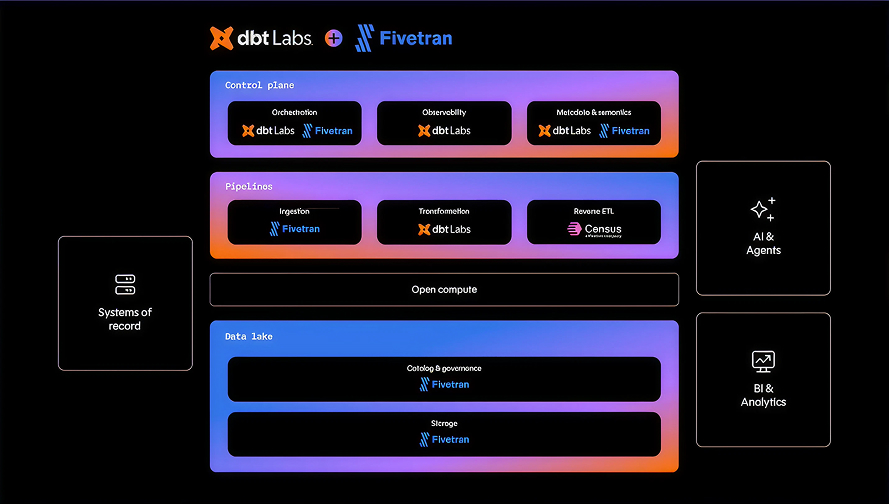How do you secure your business’s most sensitive information today – and stay compliant with tomorrow’s privacy regulations?
Near-constant changes in the regulatory landscape create challenges for data security and privacy management. These challenges are compounded by the exponential growth of data volume and the expanding array of touchpoints through which it flows. As businesses increasingly rely on data-driven insights to inform decision-making and gain competitive advantage, the stakes for keeping data private and secure have never been higher.
Elizabeth Nammour, co-founder and CEO of Teleskope, and Shinji Kim, founder and CEO of Select Star, recently discussed the complexity of data privacy and security – and what businesses can do to proactively lighten the load.
The Hard Truth About Automating Data Security and Privacy
Automation is the rallying cry of data engineers who don’t have the bandwidth to tackle every task manually. When it comes to data security and privacy, however, automation is easier said than done. Implementing automated tools shines a light on privacy: it's a lot of work.
Data privacy demands a high level of expertise and attention to detail. It can take years of work to build and maintain an internal data security platform capable of handling critical tasks such as data classification, redaction, cataloging, and more. Airbnb and a select number of other organizations have the resources and expertise to invest in this. Instead, most organizations will tackle this problem manually from a governance team classifying datasets to scripts redacting data. This approach cannot keep up with the explosion of sensitive data that organizations face today. Solutions like Teleskope offer the potential to not only to implement data security and privacy management, but also to have it grow and adapt with your organization.
Automating Security and Privacy Implementations
To effectively automate security and privacy implementations, teams must understand their own policies, regulatory requirements, and the data they handle. Identifying the most suitable solutions for your organization requires a detailed understanding of its unique data landscape. Consider the types and sources of data in your warehouse, how information flows through the organization, and whether data is centralized or distributed across teams.
How to Automate Data Protection
Automating data protection includes three key strategies: detection, remediation, and prevention.
1. Detection
Traditionally, organizations relied on manual methods to identify and classify sensitive data, such as conducting interviews with data owners or manually reviewing and labeling datasets. Automated classification tools like Teleskope streamline this process, enabling businesses to detect and pinpoint sensitive data across disparate third-party platforms automatically.
2. Remediation
After acquiring all PII tags, the next step is understanding and addressing data security and privacy risks.
- Are there files that are publicly shared?
- Do these files contain SSNs?
It’s imperative to protect sensitive data from unauthorized access, and to do that, you must understand where that access might come from. "Knowing things like that around the data can help you remediate it because now you know what your risks are,” co-founder and CEO of Teleskope Elizabeth Nammour explained. “You can automate the remediation to match your policies to reduce your risk.”
3. Prevention
A preventive approach to data security involves minimizing the presence of sensitive data in the first place. Redaction techniques, applied in real time within data pipelines or logging libraries, offer a powerful means of preventing the inadvertent exposure of sensitive information.
Redaction vs. Anonymization
Redaction and anonymization are both effective techniques for protecting sensitive data. One involves obscuring information, while the other removes it completely.
Redaction
Redaction involves the complete removal of sensitive data, often replacing it with placeholder information like fake names or generic identifiers. This approach ensures that no trace of the original data remains.
Anonymization
Anonymization preserves the utility of data while obscuring PII. Encryption transforms sensitive data into anonymized tokens, safeguarding privacy without compromising data usability.
AI-Related Data Security and Privacy Concerns
For Elizabeth, the security and privacy concerns of artificial intelligence depends on whether the AI models are public or in-house.
Using public GenAI
When utilizing public AI models, such as those available through GenAI platforms, users send data outside their environment. The main concern, therefore, is inadvertently sending sensitive data. Redaction measures are critical to ensure that sensitive data remains safeguarded.
In-house AI models
In in-house AI models, the primary concern is fortifying data integrity and access controls. Given that these models often operate on proprietary or sensitive data, stringent measures must be in place to prevent unauthorized access or manipulation.
The Future of Security and Privacy in the AI Era
The future of data security and privacy management hinges on access control mechanisms. Leveraging AI, organizations must carefully evaluate information outputs to determine appropriate access levels.
Securing data inputs and training processes is crucial to safeguarding against potential vulnerabilities. Selecting tools tailored to specific security needs will be a critical strategy in navigating the evolving landscape of data protection in the AI era.
Select Star’s Role in Data Security and Privacy
Modern catalogs like Select Star excel in automating the management of data tagging, a critical aspect of data security and privacy. Given the number of stakeholders and teams accessing data at the warehouse level, the importance of automatic tagging and lineage tracking cannot be overstated. Manual processes are not only unmanageable but also prone to errors, making automated solutions essential for seamless data management.
With Select Star, organizations can alleviate the burden of manual tagging and tracking, ensuring data security and privacy while enhancing efficiency. To experience the power of automation in action, start a free trial of Select Star or request a demo today.









